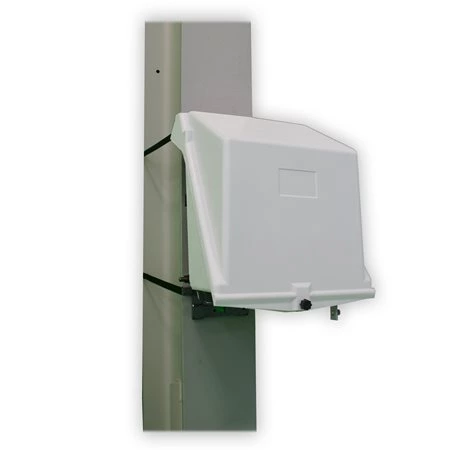Why Is The Cut-off Value Of Sulfur Hexafluoride Circuit Breaker Smaller Than That Of Vacuum?
Lv Pole Mounted Circuit Breakers is arc extinguishing in a high vacuum. The arc in a vacuum is formed in the metal vapor evaporated from the electrode when the contacts are separated. The ions and electrons in the arc diffuse rapidly into the surrounding space. When the arc current reaches zero, the number of particles between the contacts that disappear due to diffusion exceeds the number of particles generated, and the arc cannot be maintained and extinguishes, and there will be current cutoff.
SF6 gas has good insulation properties. In a uniform electric field, the insulation strength of SF6 is 2-3 times greater than that of air. SF6 has a strong arc extinguishing ability. Because SF6 molecules become negative ions after absorbing free electrons, negative ions easily recombine with positive ions to form neutral molecules, which quickly eliminates the conductive properties of the arc space.
This effect is especially significant when the arc current is close to zero. If SF6 gas is used to blow the arc, a large number of fresh SF6 molecules are constantly in contact with the arc, and the arc is extinguished more quickly. Therefore, the breaking current of SF6 circuit breakers is large and the breaking time is short. When the arc current decreases and approaches zero, the electronegativity of SF6 molecules is significant, so that the current remains continuous, and the tiny arc core can exist all the way to the smallest current range. This characteristic of SF6 arc means that when the circuit breaker interrupts a small current, it will not generate an operating overvoltage due to the current cutoff effect.
In addition, air arc blowing is mainly used to cool the arc, while SF6 gas arc blowing is mainly used to extinguish the arc by continuous contact between SF6 molecules and the arc. The arc extinguishing ability of SF6 gas.

